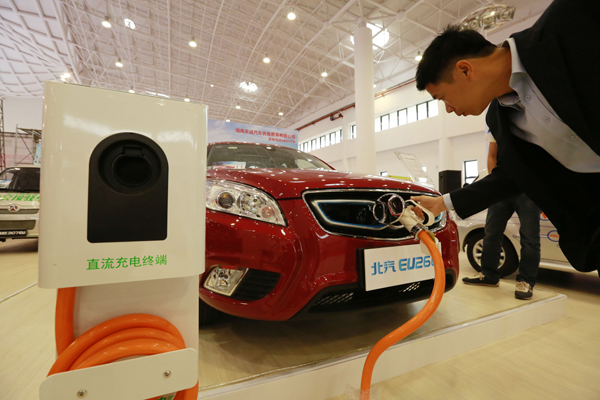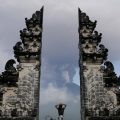
HAIKOU-Under the betel trees of Beireng village in China’s tropical island of Hainan, Wang Qiuxiang’s coffee stall always does brisk business, even if her menu is more expensive than those of some boutique coffee shops in the city.
Wang, 46, learned to make coffee from her father, who learned the trade from his parents, who had emigrated to Singapore and ran a snack bar. After quitting a job at a four-star hotel in Qionghai city in Hainan province, where she worked for 17 years, Wang returned to Beireng, her hometown, to start a coffee business in 2014. At the time, the local government was cleaning up the village and planning to develop tourism. “Piles of garbage and sewage used to be everywhere in the village. Villagers themselves were leaving. Why would any tourist want to come?”
Now, with its idyllic setting and well-preserved old buildings, the village of 162 residents receives thousands of tourists each day. It was recognized as one of the most beautiful and livable villages by the Housing and Urban-Rural Development Ministry in 2016. “We cherish our clean water and green hills. We clearly know that they can make money and bring us better lives,” said villager Lin Zonghao.
Beireng is a model of Hainan’s increasing environmental awareness in supporting local health and economic development. Air quality in the provincial capital of Haikou has ranked first among 74 major cities for five consecutive years. The province’s forest coverage has grown by 65 percent during the past three decades to its current 32.04 million mu (2.14 million hectares).
The Communist Party of China Central Committee has decided to support the island, the biggest part of a province that was founded 30 years ago, to build a national ecological development pilot zone, with the country’s strictest ecological and environmental protection mechanism and a modern regulation mechanism.
“The good environment is the biggest asset for Hainan. The foundation for green development is preservation of the environment,” said Professor Ge Chengjun with Hainan University.
Since 2013, the provincial environmental protection department has issued dozens of regulations, including a rule establishing a red line for protected coastal areas covering more than 19,800 square km.
To balance environmental protection and development, the local government has stopped assessing the economic performances of 12 cities and counties in terms of GDP and fixed asset investment from this year.
Across the island, the province is prioritizing the development of 12 environment-friendly industries, such as tourism, internet, agriculture, and healthcare. A software park in Chengmai County has attracted about 2,500 companies, including heavyweights Tencent, Baidu, and Huawei.
In addition, Hainan plans to have all its vehicles run on new energy by 2030 to cut emissions. Home to 1.18 million vehicles, the province plans to introduce 5,600 new energy vehicles into the market and build more than 10,000 recharging posts this year.


